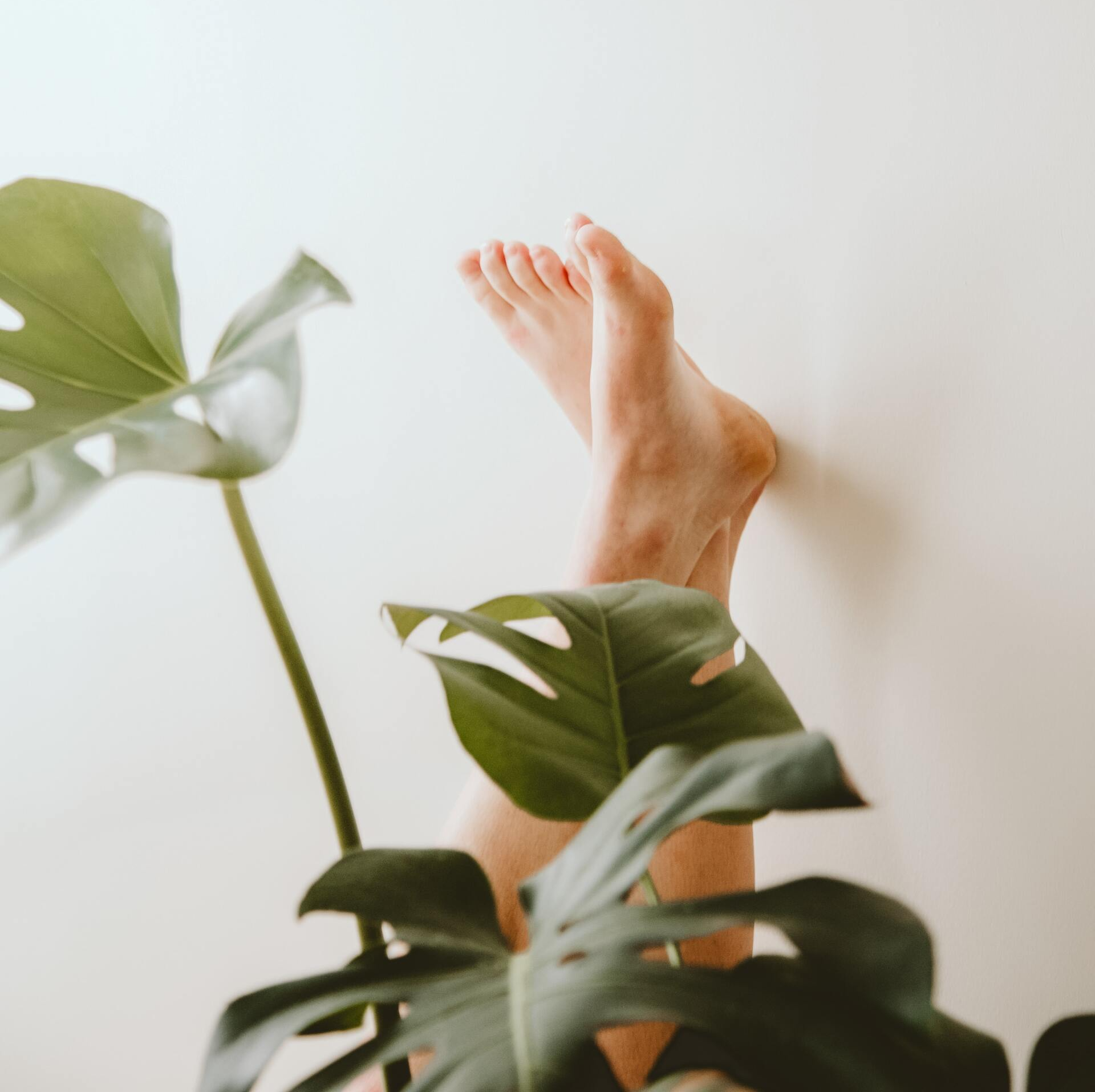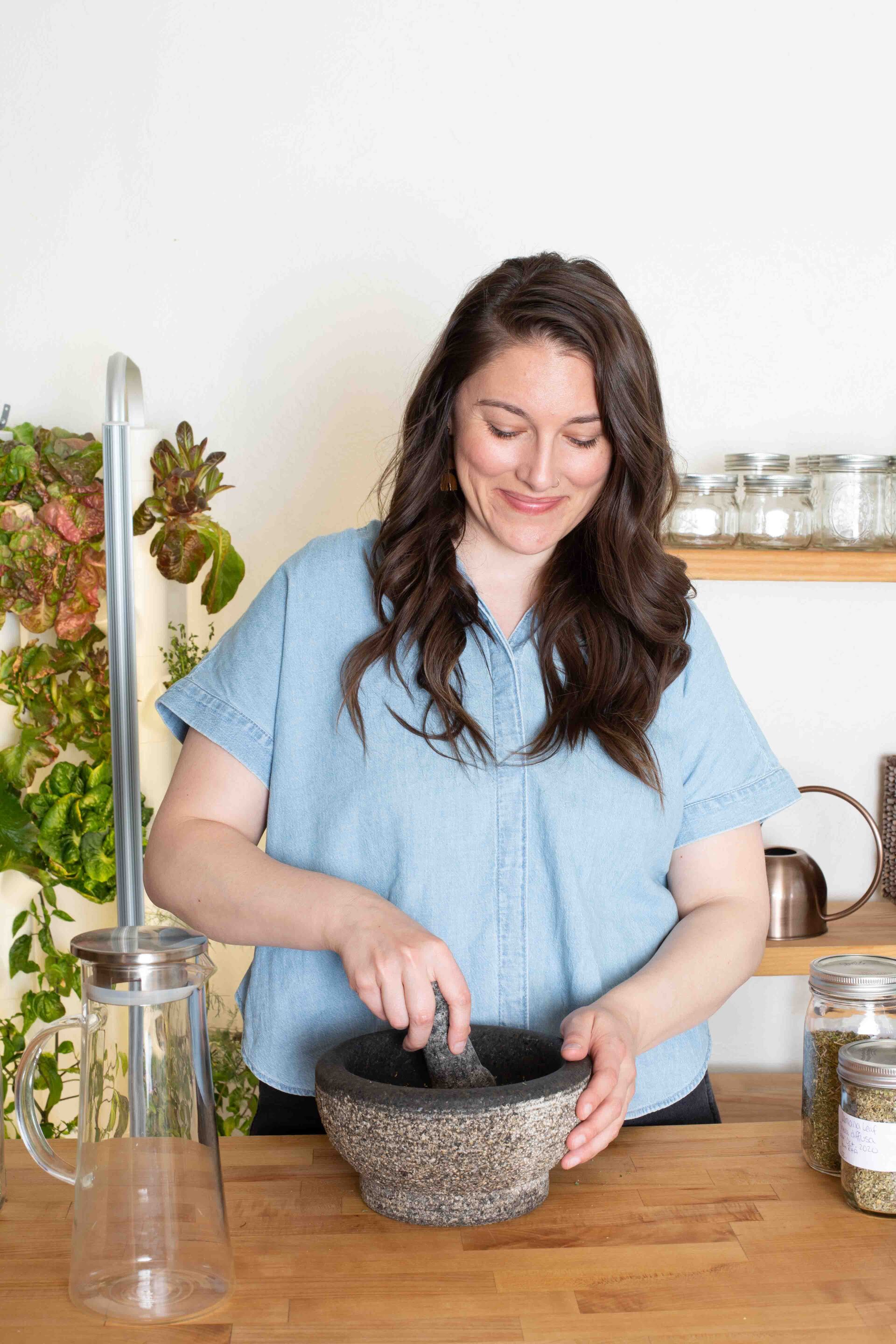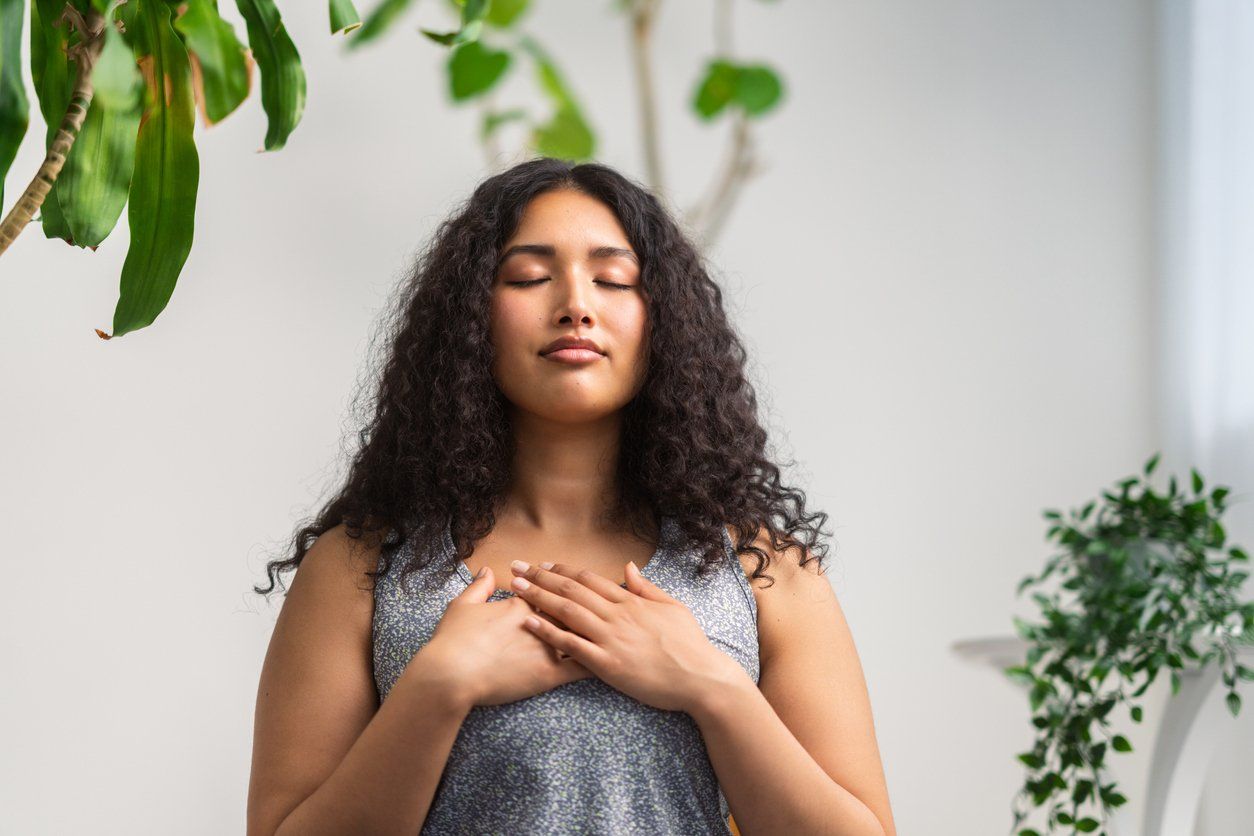Sit, Be Still, and Listen…A Guided Meditation with Your Living Plants
Are you a plant lover? If you are anything like us, you have flooded your home with tons of greenery. Although we deeply believe our plant friends spark joy, they also sometimes bring stress. The more houseplants we have adorning our shelves and floor spaces, the more attention and time we need to give them for their optimal health.
Because this is a safe space, we firstly want to acknowledge that plant care overwhelm is very real.
Oftentimes, whether we are new plant care owners or plant lovers with far too many friends to take care of, we turn to Google or our phone apps for help. With limited time during our week, many people look for the support of apps that help to streamline plant care.
We are here to tell you apps are not the solution! Because every plant has a different personality and care needs, the most valuable solution is actually building a relationship with your plants.
A quick google search on plant types will tell you general guidelines of each variety but their care needs will be specific to who they are and the environment in which they live (ie your home conditions). Care apps are not there to feel the humidity in the room or moisture in the soil. By viewing plants as decorations or commodities that can be managed by apps we miss the huge gifts our plants have to offer us. Learning how to connect with your house plants will not only create intuitive plant care, it will feed and nourish your personal life and body.

To deepen our connection with our house plants, and ultimately our connection to the natural world, we have enlisted the guidance of a fellow plant-obsessed friend who is also a dedicated community herbalist and nutritionist.

Andrea Rossi is the founder of Dirt and Bones, an interactive space where she shares her expertise in herbalism and nutrition to guide others to live their fullest (and most fun) lives. She is all about supporting individuals to take proactive health measures that positively impact them and their local and global communities. Her previous work has included one-on-one nutritional care for patients with both cancer and auto-immune diseases while she currently focuses on community education around de-mystifying how we talk about health and wellness.
During her career, Andrea’s intimate work with the healing benefits of plants revealed a long lineage of leaders whose knowledge of living plant meditations has supported her own journey towards the self. During an experience in New Mexico’s Gila Wilderness, an herbalist guided her through a practice similar to the one below.
When she brought this experience to her own clients, she noticed their incredible shifts, especially in those with depression and sadness, who found genuine joy after their sessions of sitting with plants.
Plants release aromatics or chemical messengers that send information to one another and to us. This connection to living plants, either in the outdoors or in a home space, is a relationship that can provide us with calmness and tranquility. It can also give us insight into what our plants are looking for and how we can best support them—without ever saying a word.
Before we get started, it’s important to note that a living plant for this practice does not include herbs, so please reach for your staghorn fern over the oregano. There are plants you may be struggling to build a relationship with and others where the connection is thriving. Be aware of these subtle feelings you have towards your plants. If you are a beginner to this meditation, we recommend choosing a plant you have a positive relationship with or one in nature that emphatically draws you in. Don’t be afraid to speak to the plant and allow them to be heard.
This is your chance to sit, be still, and listen.
Your Guide to a Living Plant Meditation
Allow 30-45 minutes for this practice
Seek
Seek out a quiet spot near a plant where you would like to meditate with. We recommend sitting with a houseplant but you can also find a spot in your yard at a park, or on a hike.
Ask
Before sitting with the plant, ask the plant if you may meditate and communicate with them. Listen for a ‘yes’ or a ‘no’. This could come as a sound, a feeling, an image. If the plant says ‘no’, continue seeking a different plant or try again another day. Remember, consent is important in any relationship. If the plant says ‘yes’, that is when you can begin to settle in.
Greet
Introduce yourself to the plant. Offer gratitude—a song, a prayer, or a gift, like water or flower essences to show appreciation. Certain Indigenous communities offer tobacco or corn as an offering, which can feel appropriate if that is a part of your ancestral lineage.
Sit
Sit or lie down comfortably. Take several relaxing breaths. Begin to take in the setting where you are and how you feel with the plant in front of you.
Connect
You can keep your eyes open here and notice what is physically and visually in front of you. Take notice using your senses: sight, sound, smell, and touch (if it’s safe to touch this species of plant). Take a breath in and exhale from your body or heart directed towards the plant. Then, on the inhale, feel yourself inviting the plant into your heart or body. Take your time with this connecting breath, inhaling and exhaling, until you feel a connection with the plant. For houseplant meditation, perhaps you have questions about caring for your plant. Allow these inquiries to arise.
Intuit & Heal
Allow sensations and emotions to arise without judgment or explaining—hold an open and curious mind. See how the plant speaks to you, and what it wants to share or offer. For this, you can also close your eyes. It can be helpful to have a piece of paper nearby to write down images that come to you as well as ideas, colors, sounds, or emotions. Notice what arises. Perhaps it is just a felt experience in your body. Breathe into the experience of communing with the plant in this way, noticing and receiving with curiosity and gentleness.
Closing & Gratitude
When you are nearing the end, begin to wiggle your fingers, wiggle your toes, and begin to acclimate yourself to the present—the ground below you, the light upon you, the weight of your physical being. When you feel complete, thank the plant for sitting with you in meditation and in connection. At this point, you may want to journal or draw what arose.
We hope this guided practice supports your journey towards becoming more attuned with your houseplants and the wild plants outdoors. Remember: the health of our indoor plants is often a reflection of our own health.
Don’t be surprised if you walk into a room in your house now and sense the needs of your plants: “water me, humidify me, dust me, more food please, too much light, slow down, come sit with me.”
If you are interested in aligning with Andrea beyond this practice, we encourage you to reach out through her community herbalism membership,
Friend Zone. This space offers support for your personal wellbeing, addressing specific inquiries about reading the body and the meaning of its signals, as well as a dive into intuitive alchemy and how to heal through plant medicine and herbs.

Get In Touch
Send us an email or give us a call at your convenience to discuss your next project
Phone
(312) 402-1545
Email Newsletter
Sign up for our email newsletter
Contact Us
Incrementum © 2024 All Rights Reserved. Hosted by Hyport Digital. Website Design by Blake Lockard